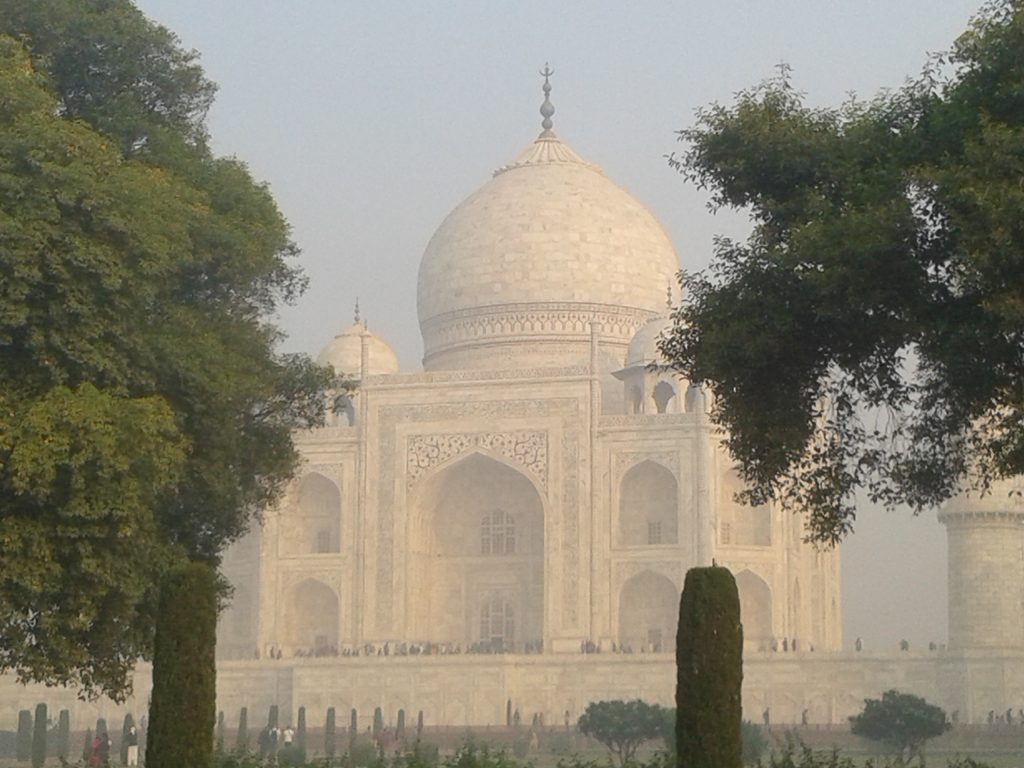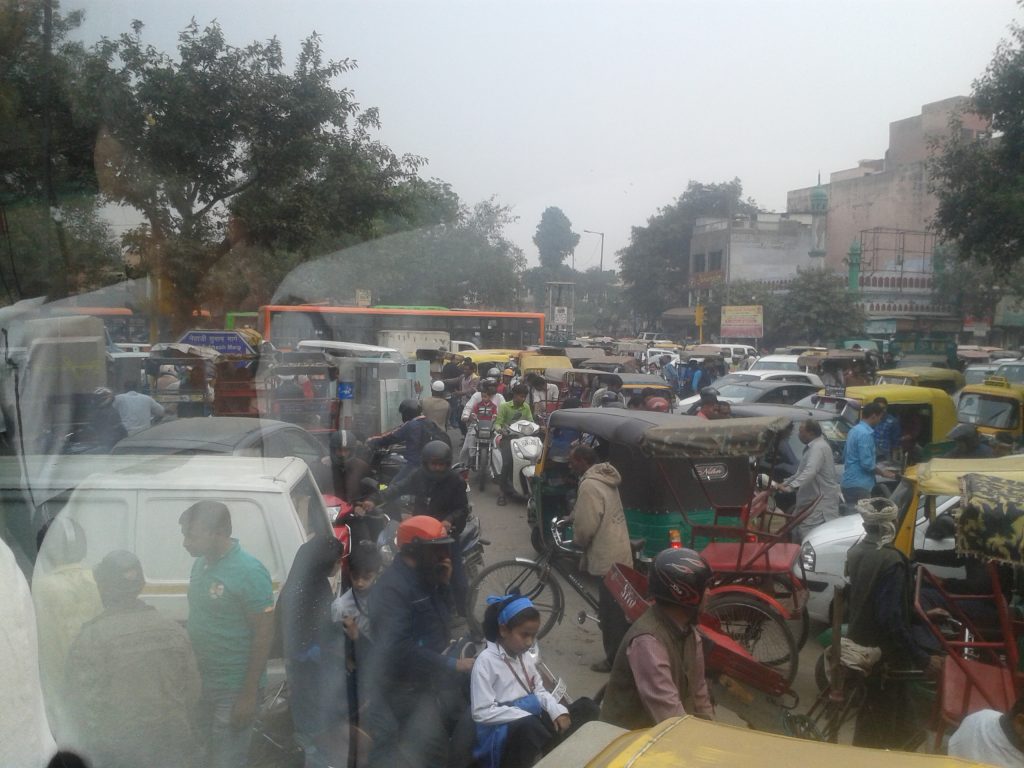
It’s the time of year when we might be planning our summer vacation and looking to treat ourselves to a well deserved camping trip/seaside adventure/tropical getaway. So, let’s take a look at common holiday scams and top tips to protect your money this summer.
Holiday booking scams
Looking for the perfect getaway? Then searching online seems like the ideal place to start. But first things first – is the website you’re looking at what you think it is?
Criminals will set up fake websites offering deals that are ‘too good to miss’ so you need to do some research to make sure that you’re not sending a fraudster on the trip of a lifetime.
- Check the URL. Is someone trying to impersonate a legitimate company? Make sure the company name is spelt correctly and check the domain; retail sites rarely use .org for example
- Make sure you have a secure connection. Check the address starts with https:// and ensure the padlock symbol is shown next to the URL
- Look out for spelling/grammatical errors or links on the page that don’t work. Genuine companies will make sure there are no silly mistakes on their sites!
- Don’t click on links sent to you by unsolicited emails. This is a big red flag.
- Check reviews. Sites such as Tripadvisor or Trustpilot will tell you if people have had a good experience with a company. Watch out for fake reviews though; if multiple comments were posted at the same time or have similar content, this could indicate they’re not real
- Thinking of a package holiday? Make sure it’s ATOL protected. This means that if the company collapses, you’ll get support and financial help. Find information on how to check if your holiday is protected on the ATOL website
Fraudsters will also use social media to advertise non-existent flights and holidays. Just because a social media profile or post has lots of followers and positive comments, it doesn’t mean it’s legitimate, so it’s of utmost importance to thoroughly research any companies advertising deals on Facebook, Instagram or other sites. Look for the company’s website using the above tips and never send money by bank transfer to a company you’ve not investigated.
Accommodation booking scams
There are numerous legitimate websites that list properties available for holidaymakers to rent. Scammers may post fake listings on sites like this, so make sure you follow the guidelines on the company’s website. Sites like Airbnb will often direct you to their own payment platform, so use this to take advantage of the protections they have in place.
Holiday cancellation refund scams
In the unfortunate event that your holiday or flight gets cancelled by the provider, be cautious of anyone approaching you offering to help you with obtaining a refund. Make sure you deal directly with the company you booked with originally as criminals may contact you in the hopes of getting hold of your personal details.
When you’re abroad
So you’ve finally made it to your dream destination… but criminals never rest! Continue to protect your money by ensuring you:
- Don’t let your card out of your sight, especially in bars and restaurants
- Never give out your PIN, even if someone tells you they’re the police
- Cover your PIN when making any purchases or withdrawing cash
- Make sure transaction notifications are turned on in the app. If you don’t recognise any payments, lock your card straight away
- Keep your bank phone number handy and let them know as soon as possible if your card or phone is lost or stolen.



